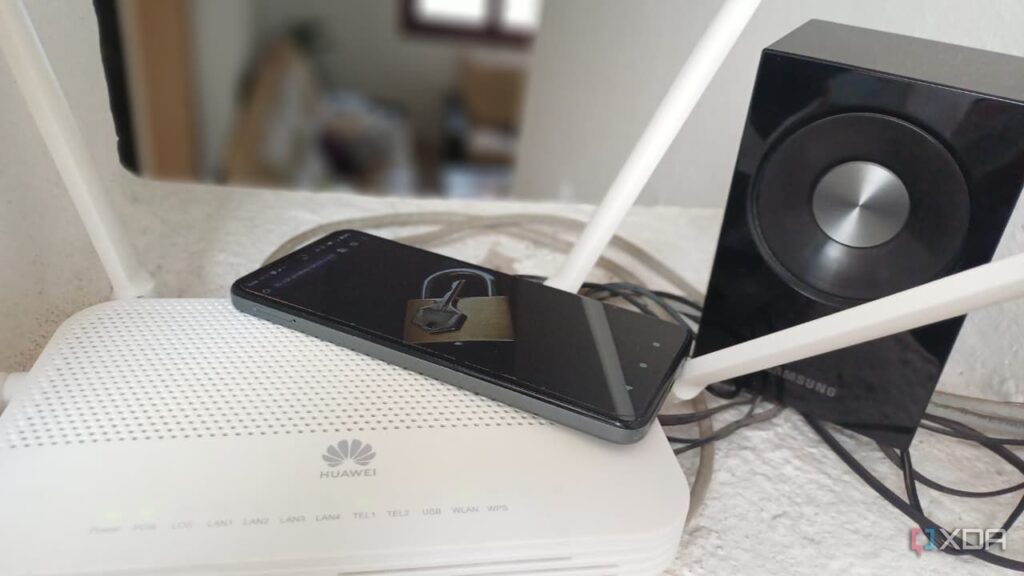
UPDATE: Home network security is more critical than ever, with new reports revealing that many households are vulnerable to cyberattacks due to inadequate security measures. Experts stress the urgency of tightening home network protections immediately to safeguard personal data and devices.
As our reliance on connected devices grows, from laptops to smart TVs, securing your home network has never been more essential. Authorities warn that failing to review and modify default settings can expose your network to significant risks. Just today, cybersecurity experts outlined three straightforward steps to enhance your home network security without needing technical expertise or new equipment.
1. Change Default Passwords Immediately
Most routers come with preset usernames and passwords that are easily accessible online. Cybercriminals often exploit these defaults, making it imperative to change them right away. Experts recommend creating a strong password that is at least 12 characters long, using a mix of uppercase letters, lowercase letters, numbers, and symbols. Avoid using personal information and refrain from reusing passwords across accounts. A unique password for your network can significantly boost your security.
2. Enable Automatic Firmware Updates Now
Router firmware plays a crucial role in maintaining network security. Manufacturers frequently release updates to fix vulnerabilities, but many users neglect to install them. Without these updates, your network could be left exposed to attacks. Experts suggest enabling automatic updates in your router settings to ensure you receive the latest security patches without delay. If your router lacks this feature, set a monthly reminder to check for updates manually. Failure to keep firmware current is akin to leaving your front door unlocked, inviting cyber intrusions.
3. Set Up a Guest Network Right Away
Creating a guest network is a simple yet effective way to protect your primary Wi-Fi connection. This separate network allows you to share internet access with visitors without compromising your main network’s security. Furthermore, it provides a safe environment for less secure devices, such as IoT gadgets, which may be more susceptible to cyber threats. By establishing a guest network, you can limit bandwidth use for visitors, ensuring your primary connection remains stable for critical tasks.
These proactive measures are essential for anyone who wishes to maintain a secure digital environment. With cyber threats evolving rapidly, taking these steps can significantly reduce the risk of unauthorized access to your home network. Experts emphasize that it doesn’t have to be complicated; just change default credentials, keep firmware updated, and utilize guest accounts for less secure devices.
Stay vigilant and take action now to secure your home network. With these straightforward steps, you can protect your personal and financial information from potential cyber threats, allowing you to browse with confidence.
For further information and assistance, consider consulting with cybersecurity professionals or reviewing resources from reputable organizations focused on internet safety. Share this urgent update with friends and family to ensure they too can protect their homes from cyber threats.





